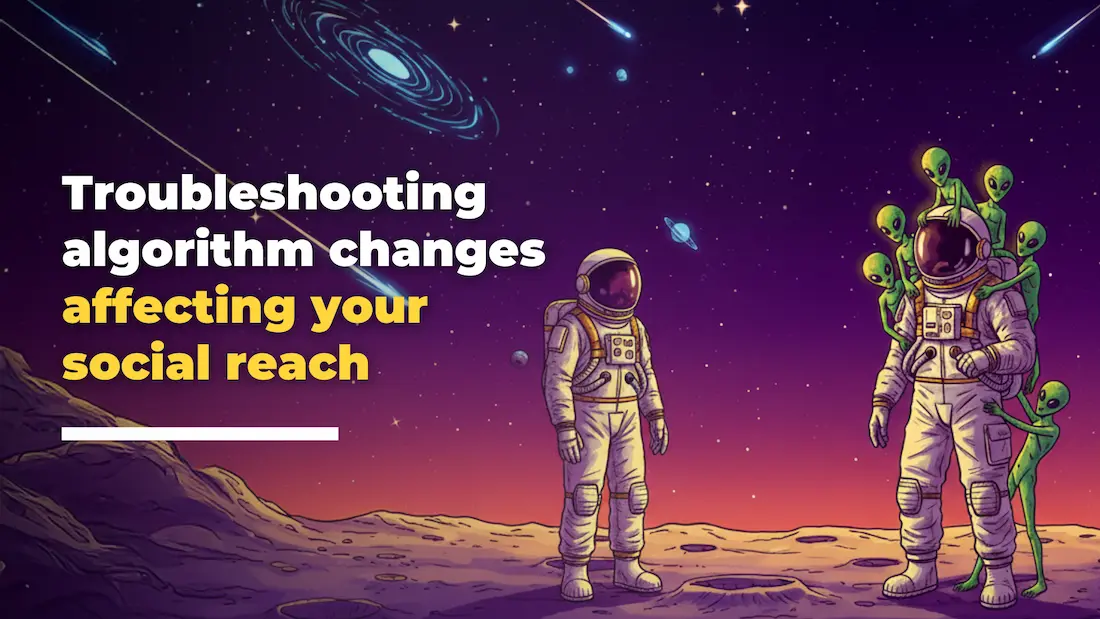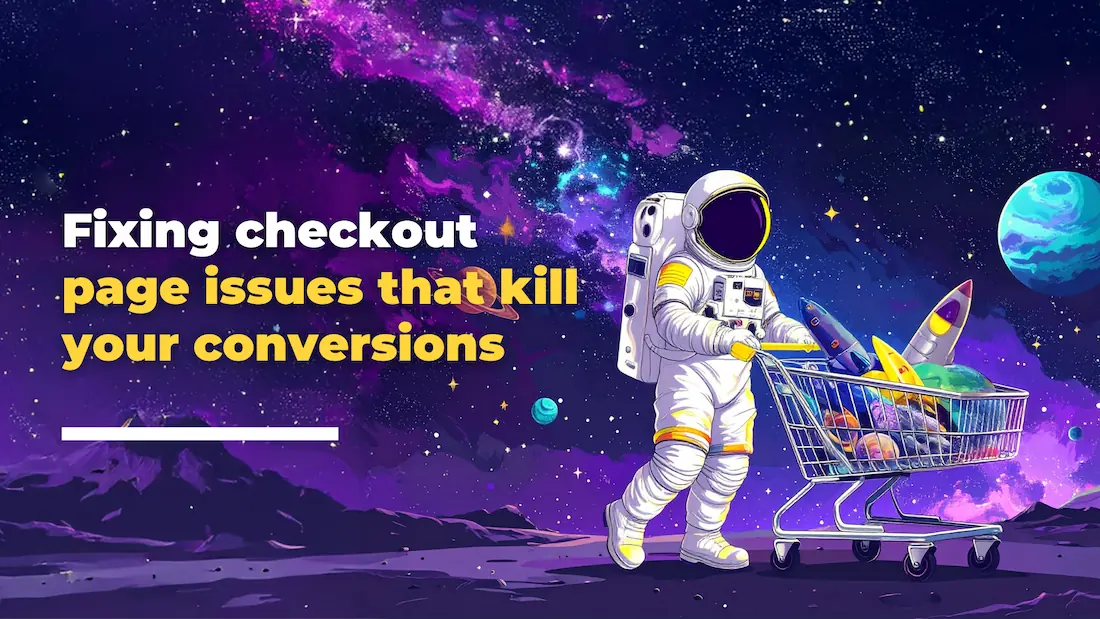The term “Artificial Intelligence” is everywhere. It’s presented as a revolutionary force, a magic bullet that promises to solve every challenge. But for many marketing managers and business owners, the reality is a confusing landscape of buzzwords and hype. You’re constantly under pressure to deliver more personalized experiences, generate higher quality leads, and prove ROI—often with the same limited resources. How can AI actually help without adding another layer of complexity?
The truth is, AI isn’t magic. It’s a powerful suite of tools that, when applied strategically, can directly address these common challenges. This article will cut through the noise and provide a clear, jargon-free framework for understanding and applying Artificial Intelligence in marketing. We’ll focus on practical steps you can take to achieve measurable outcomes, turning buzz into real business results.
What Is AI for Marketing? (And More Importantly, What Does It Actually Do?)
In a marketing context, you can think of AI as a tireless data analyst, a hyper-efficient content assistant, and a predictive strategist all rolled into one. It’s about using intelligent software to perform tasks that traditionally required human intelligence, but at a speed and scale that humans can’t match.
Its core functions can be broken down into four key areas:
- Data Analysis & Predictive Insights: AI can sift through massive datasets from your CRM, website analytics, and social media in seconds. It goes beyond simple reporting to uncover hidden patterns and create predictive analytics. This means it can forecast which leads are most likely to convert, identify which customers are at risk of churning, and determine which marketing message is most likely to resonate with a specific audience.
- Task Automation: Many marketing roles are bogged down by repetitive, time-consuming tasks. AI can help streamline these tasks through custom automations that can be set up in minutes.
- Marketing automation powered by AI takes over things like sending follow-up emails, generating weekly performance reports, segmenting customer lists, and even handling basic customer service inquiries via chatbots, freeing up your team for more strategic work.
- AI in Content Creation & Optimization: Generative AI tools can draft blog posts, write ad copy, create social media captions, and even generate images or video scripts. Beyond creation, AI can also optimize content by analyzing what headlines get the most clicks or what subject lines lead to the highest open rates, ensuring your creative efforts have the maximum impact.
- Hyper-Personalization: Customers now expect experiences tailored to their individual needs. AI makes personalized marketing possible at scale. It analyzes a user’s behaviour in real-time to deliver personalized product recommendations, website content, and email offers, making each customer feel like you’re speaking directly to them.
Adopting any new technology should be about solving real problems and achieving measurable results. AI is no different. Moving beyond the hype, here are the concrete benefits that an AI-powered marketing strategy can bring to your business, directly impacting everything from customer relationships to your bottom line.
Deeper Customer Understanding
Instead of relying on broad demographics and guesswork, AI allows you to understand your customers on a profound level. It acts as a super-powered data analyst, sifting through thousands of data points—like website clicks, past purchases, and support interactions—to uncover hidden patterns and behavioural trends. This allows you to move from thinking you know your customer to actually knowing what they want, often before they do.
- The Result: You can build incredibly accurate customer personas, predict which customers are at risk of leaving (churn), and identify your most valuable audience segments with precision.
Enhanced Personalization at Scale
Today’s customers expect experiences tailored to them. AI makes this possible, even if you have an audience of millions. It’s the engine behind the product recommendations on Amazon, the curated playlists on Spotify, and the dynamic content on Netflix. In your marketing, it can automatically adjust website content for each visitor, send hyper-relevant email offers based on browsing behaviour, and deliver the perfect message at the perfect time.
- The Result: A dramatic increase in engagement, conversion rates, and customer loyalty because each person feels seen and valued, not just like another number on a list.
Increased Efficiency and Productivity
Imagine your skilled marketing team being freed from tedious, repetitive tasks. That’s one of AI’s most immediate benefits. AI can automate things like scheduling social media posts, generating weekly performance reports, running hundreds of A/B tests on ad copy, and scoring incoming leads so your sales team knows who to call first.
- The Result: Your team can stop wasting valuable time on manual work and refocus their energy on what humans do best: high-level strategy, creative thinking, and building genuine customer relationships.
Smarter Budget Allocation
Are you confident that every dollar in your marketing budget is working as hard as it can? AI introduces a new level of certainty to your spending. Predictive analytics can forecast campaign outcomes and identify which channels will deliver the highest return. AI-powered advertising platforms can even adjust your ad spend in real-time, automatically shifting your budget away from underperforming ads and doubling down on the ones that are driving conversions.
- The Result: You eliminate wasteful spending and maximize your marketing budget’s impact, ensuring your investments are directly tied to achieving business goals.
Improved ROI and Revenue Growth
Ultimately, all these benefits lead to the most important one: a stronger bottom line. Better customer understanding leads to better products and offers. Hyper-personalization increases customer lifetime value. Greater efficiency lowers your operational costs. Smarter budget allocation improves your customer acquisition cost. Each element works together to create a powerful, efficient growth engine.
- The Result: You can clearly demonstrate the return on investment (ROI) of your marketing efforts and create a predictable system for driving sustainable revenue growth.
A Practical Roadmap: 5 Steps to Implement Your AI Marketing Strategy
Knowing the benefits is one thing; knowing how to use AI in a marketing campaign is another. Here’s a simple, five-step roadmap.
Step 1: Identify Your Biggest Challenge
Don’t try to boil the ocean. Start by pinpointing a single, specific problem. Is it poor lead quality? High customer churn? A bottleneck in content creation? Your goal is to choose one area where AI can make a clear and measurable impact.
Step 2: Audit Your Data
AI is only as good as the data it’s fed. Before you choose a tool, look at your data. Is it clean, organized, and accessible? You don’t need perfect data, but you do need a foundational understanding of what information you have and where it lives (e.g., in your CRM, Google Analytics, etc.).
Step 3: Research and Select the Right Tools
There are countless AI marketing tools available. Categorize them based on your challenge:
- CRMs with AI features for lead scoring and predictive analytics.
- Content creation platforms for drafting copy and content.
- Advanced analytics tools for deeper insights.
Look for tools that solve your specific problem and can integrate with the software you already use.
Step 4: Start with a Pilot Project
Resist the urge to launch a massive, company-wide initiative. Start with a small, manageable pilot project. For example, use an AI tool to write email subject lines for one specific campaign or implement a chatbot on one key landing page. This allows you to test the technology and learn without a huge upfront investment.
Step 5: Measure, Learn, and Scale
AI is not a “set it and forget it” solution. Define what success looks like for your pilot project by tracking key metrics (e.g., open rates, conversion rates, leads qualified). Use these learnings to refine your approach, and once you’ve proven the value, you can begin to scale the solution across other parts of your marketing strategy.
Real-World Applications: AI Marketing in Action
To see how these concepts work in practice, consider these examples:
- E-commerce: An online clothing retailer might use AI to analyze individual browsing history, past purchases, and cart abandonment data. It could then automatically send personalized product recommendation emails.
- B2B: A software company might be struggling to manage and qualify the high volume of leads from its website. They could implement an AI-powered chatbot to engage visitors 24/7, ask qualifying questions, and book demos for the most promising leads.
Navigating the Challenges: What to Watch Out For
Adopting AI comes with incredible opportunities, but it’s important to be aware of the challenges of AI in marketing.
- Data Privacy and Ethics: Using customer data comes with a huge responsibility. Be transparent about how you’re using data and always prioritize privacy and ethical guidelines.
- The “Human Touch”: AI should augment your team, not replace it. Human creativity, empathy, and strategic oversight are irreplaceable. Use AI to handle the data and automation, so your team can focus on the strategy and connection.
- Integration Complexity: Ensure any new AI tool can connect smoothly with your existing tech stack. Poor integration can create data silos and inefficiencies.
- Avoiding Bias: AI algorithms can inadvertently learn and perpetuate biases present in the data they are trained on. It’s crucial to regularly audit your AI systems to ensure they are producing fair and equitable outcomes.
Conclusion: The Future is Intelligent and Your Marketing Should Be Too
The future of AI in marketing is already here, and it’s less about futuristic robots and more about smarter, more efficient, and more human-centric marketing. By moving beyond the buzz, you can see Artificial Intelligence in marketing for what it truly is: an accessible and incredibly powerful toolset for strategic marketers. It allows you to understand your customers more deeply, operate more efficiently, and make better, data-driven decisions.
Ready to take the next step? Start by identifying one marketing challenge you’re facing this quarter and explore how an AI-powered tool could help you solve it. Need help with the internal discussions? Give us a call, we’re here to help you find the right path forward.





